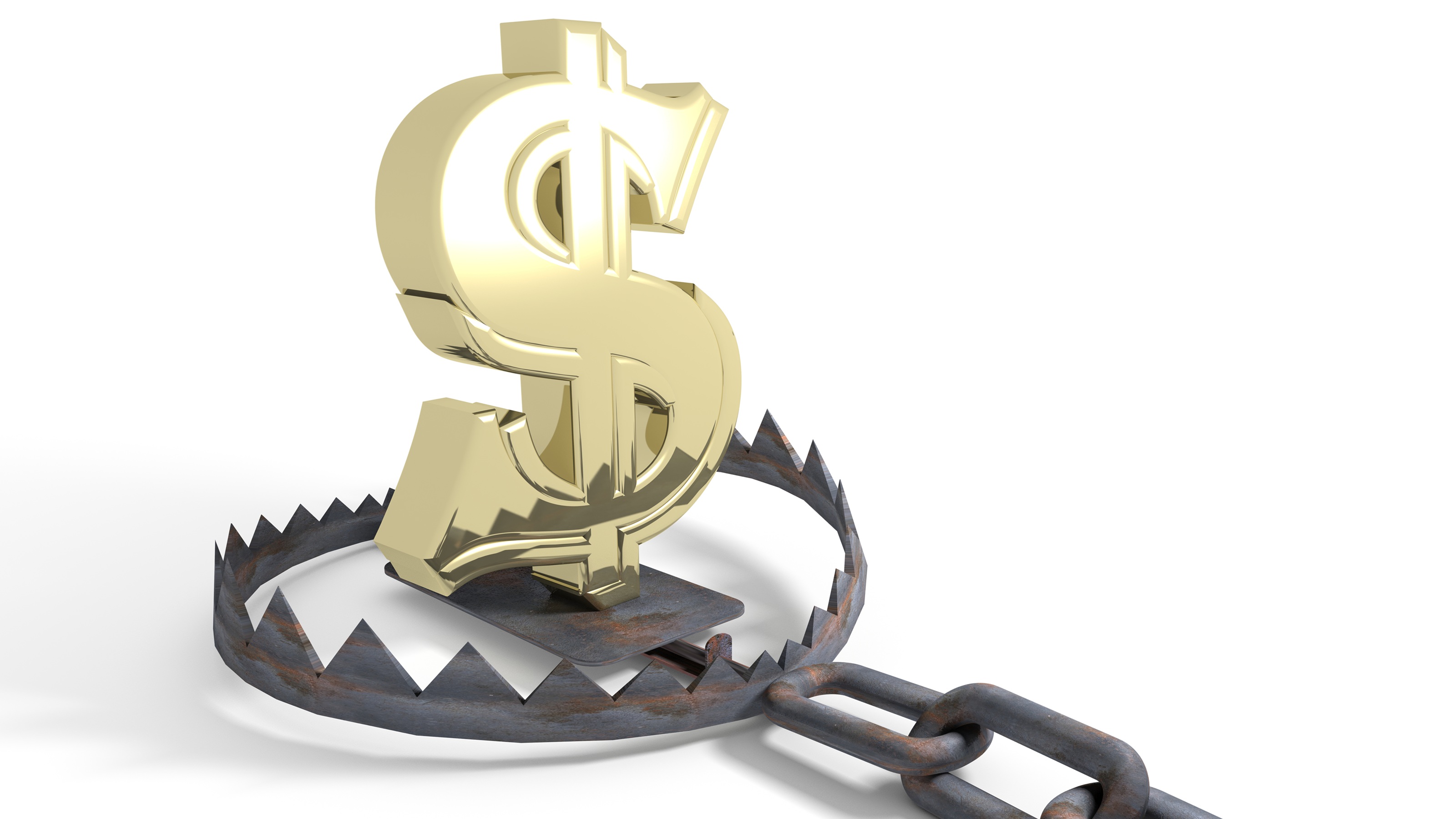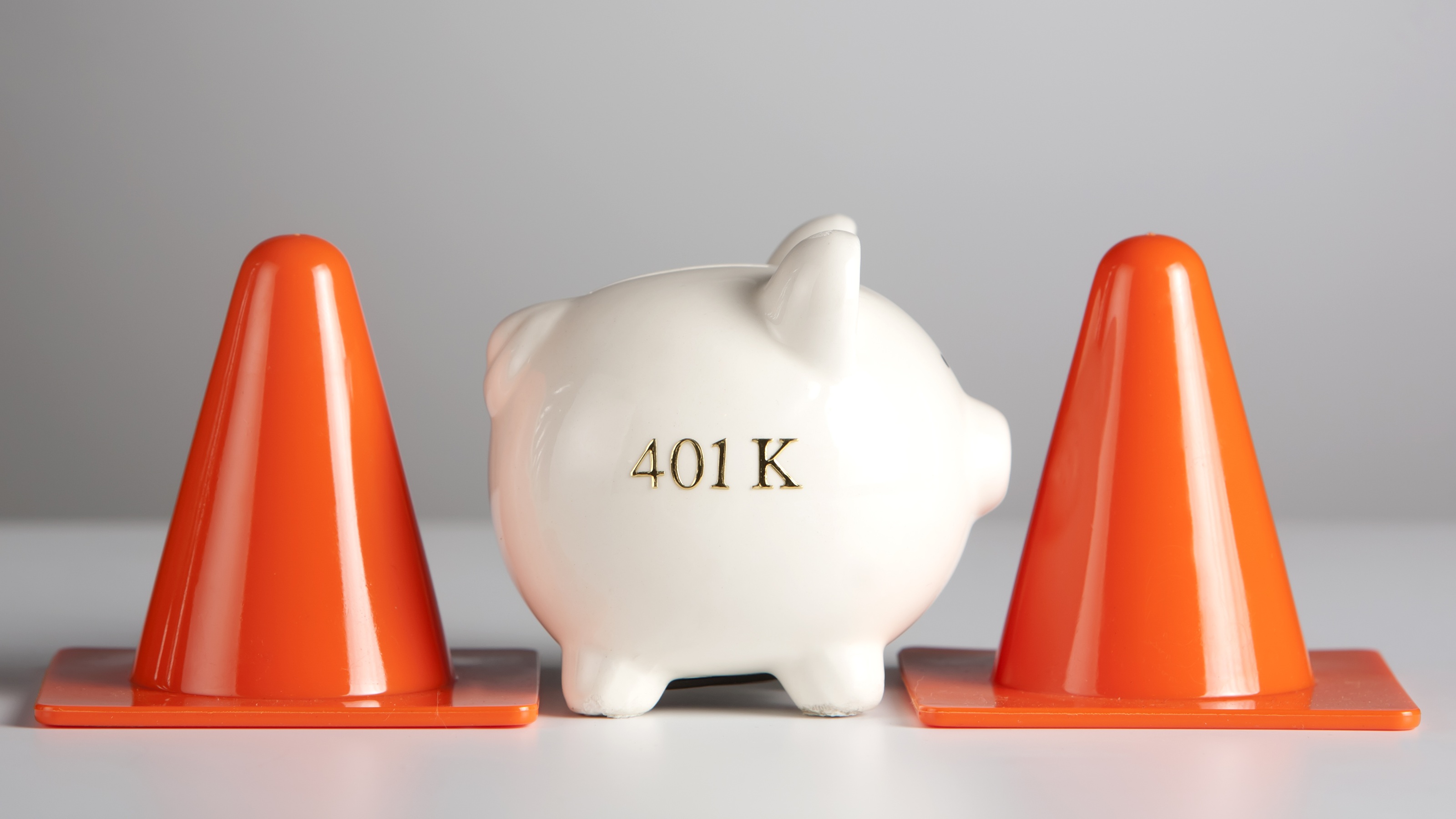6 Steps To Help Make Sure You Don't Outlive Your Money
Figuring out how much you need to save in order to comfortably retire can be challenging, but this plan makes it easier.

The question I get most often from retirees and people near retirement is: "Do I have enough money to last through retirement?"
It's such a simple question, but it comes with such a complicated answer!
Clients often ask me how much money they need for retirement. They want a number—something they can write down, in black and white, and figure out where they're at. Simple, right? Not so much. Varying assumptions and calculations are needed to address that basic question, so the answer can be more gray than black and white. Here are six steps to sort it out.
From just $107.88 $24.99 for Kiplinger Personal Finance
Be a smarter, better informed investor.

Sign up for Kiplinger’s Free Newsletters
Profit and prosper with the best of expert advice on investing, taxes, retirement, personal finance and more - straight to your e-mail.
Profit and prosper with the best of expert advice - straight to your e-mail.
1. Add It Up
Financial advisers generally agree you should save between eight and 12 times your final salary, if you retire at age 65. That multiple increases if you retire a few years earlier, and it drops slightly if you work longer. As you can see, the "number" for retirement is a moving target based on your own life. Your retirement plan depends on your unique vision and resources for retirement. There's no such thing as a "one-size-fits-all" approach.
Folks with pensions (an increasingly rare group) do not need to save as much as those without pensions. People with no mortgage can also retire with a smaller nest egg.
Add in your expected Social Security income and you get a clearer picture of your "number." Now you can see how much money you have on the asset side of your personal balance sheet.
2. Subtract Liabilities
One of the most important factors in this "what's-your-number" equation is what kind of standard of living you expect and need when your paychecks end. Be honest with yourself. Sure, everyone plans to be frugal with the cash they've worked a lifetime to accumulate, but will you have new expenses in retirement? More travel to check off things on your bucket list or to visit family? Will you spend more on dining out?
Time to calculate your budget. Many clients hate to crunch the numbers to compile an accurate accounting of their spending. It sure can be tough to examine (and admit) what we are really spending, including all the "little" things. Those trips to the coffee shop, hair stylist, the latest restaurants, entertainment and quick shopping may feel like minutiae at the margins of our monthly spending routine, but it all really adds up!
Then you have your basic bills: a mortgage payment, real estate taxes, utilities, home insurance, auto insurance, life insurance, health insurance, car payments and maintenance, gas—you get the idea. The liabilities side of your balance sheet can be a pretty long list! Now you have a better idea of how your income sources and bills line up.
It may be hard to cut back on spending. But getting a grip on your budget is absolutely required if you want to put together a successful retirement plan.
3. Protect Against Longevity Risk
Unknowns present the biggest risk to the retirement we envision, and this is a big one. No one can predict how long we'll live, but we can assess the likelihood of some high-cost health services.
Here's a sobering fact: More than 70% of Americans over age 65 will require long-term care, according to the U.S. Department of Health and Human Services. More than 70%! Remember, most health insurance plans do not cover long-term care, and Medicare caps those services.
So, I recommend some form of long-term care insurance. It is an essential component of a retirement plan. If the unexpected touches your family and requires home health care, assisted-living care or full-blown nursing services, the cost can be astronomical and quickly drain your life savings. Think of it as a "seat-belt" for your portfolio.
4. Build Your Fiscal House
How you allocate the money in your portfolio is a critical component of a successful retirement plan. Get a plan you can trust.
An experienced financial adviser can help you figure out your tolerance for risk: conservative, moderate or aggressive. Once you pinpoint that mindset, you can start building the foundation of your fiscal house—the money you cannot lose.
The foundation is built with savings, Social Security income, perhaps an employer-sponsored pension and potentially a fixed index annuity. It should include an emergency fund that you can tap into without feeling as though you're spending away your retirement.
Next, it's time to construct the walls of your house with highly managed asset portfolios designed to keep pace with inflation and hopefully exceed it. Looking for growth here helps preserve your purchasing power in retirement.
In this phase of construction, you want to use only managed-money portfolios because of the calculated risk that comes with tightly managed money. I gravitate toward familiar asset groupings with great performance records.
Now your fiscal house needs a roof, the riskiest part of the structure and only for aggressive investors. It is restricted to a relatively small portion of your portfolio because it should be only the money you can afford to lose. The shingles and roof are typically the first to blow away in a financial tornado, so let's make sure a disaster does not visit your retirement.
5. Limit Uncertainty By Using the Right Tools
Financial instruments are nothing more than tools to build our fiscal house; they can make the job easier or harder. You wouldn't use a hammer to cut a 10-foot two-by-four, so don't use a market-related investment to deliver guaranteed income. That tool has too much risk. On the other end of our sawhorse, don't expect to beat market performance with fixed-rate or guaranteed insurance-based products. Setting the right expectations for your financial plan helps you enjoy the journey more.
6. Listen to Warren Buffett
Warren Buffett's famous rules of investing are simple:
- Rule #1: Don't Lose Money
- Rule #2: Don't Forget Rule #1
That sage advice is even more critical in retirement. Key point: Losses are extremely hard to make up in retirement when you are also withdrawing from your portfolio for an income stream. Losses are more painful as well.
There is a lot of truth in the story of the tortoise and the hare in retirement—slow and steady truly wins the race. And if you design your fiscal house following these six steps, you'll build a retirement that helps put you on the path toward financial independence.
Dave Heller contributed to this article.
Profit and prosper with the best of Kiplinger's advice on investing, taxes, retirement, personal finance and much more. Delivered daily. Enter your email in the box and click Sign Me Up.

Mike "Cy" Cajthaml Sr., CFP, ChFC, CLU, is a retirement-focused financial professional, an Investment Adviser Representative and insurance professional at RSG Investments. He has 30 years' experience in the financial services industry. He is a fiduciary, and his first priority is ensuring his clients' best interest. RSG Investments is a comprehensive financial planning firm based in Overland Park, Kansas.
Investing involves risk, including the potential loss of principal. Any references to protection benefits, safety, security, lifetime income generally refer to fixed insurance products, never securities or investment products. Insurance and annuity product guarantees are backed by the financial strength and claims-paying ability of the issuing insurance company. Investment advisory services offered only by duly registered individuals through AE Wealth Management, LLC (AEWM). AEWM and Retirement Solutions Group are not affiliated companies. 725928
-
 What’s the New 2026 Estate Tax Exemption Amount?
What’s the New 2026 Estate Tax Exemption Amount?Estate Tax The IRS just increased the exemption as we enter into a promising tax year for estates and inheritances.
-
 The Economy on a Knife's Edge
The Economy on a Knife's EdgeThe Letter GDP is growing, but employers have all but stopped hiring as they watch how the trade war plays out.
-
 Financial Fact vs Fiction: The Truth About Social Security Entitlement (and Reverse Mortgages' Bad Rap)
Financial Fact vs Fiction: The Truth About Social Security Entitlement (and Reverse Mortgages' Bad Rap)Despite the 'entitlement' moniker, Social Security and Medicare are both benefits that workers earn. And reverse mortgages can be a strategic tool for certain people. Plus, we're setting the record straight on three other myths.
-
 Medicare Open Enrollment: Why You Need to Pay Extra Attention to Part D, From a Financial Adviser
Medicare Open Enrollment: Why You Need to Pay Extra Attention to Part D, From a Financial AdviserThe lowest premium for prescription drug coverage might not actually save you the most money. Make sure you take copays into consideration and do the math.
-
 Five Retirement Planning Traps You Can't Afford to Fall Into, From a Wealth Adviser
Five Retirement Planning Traps You Can't Afford to Fall Into, From a Wealth AdviserTo help ensure you reach your savings goals and enjoy financial security in your golden years, be aware of these common pitfalls. The key is to be proactive, informed and flexible.
-
 Your 401(k) Can Now Include Alternative Assets, But Should It? A Financial Adviser Weighs In
Your 401(k) Can Now Include Alternative Assets, But Should It? A Financial Adviser Weighs InMany employer-sponsored plans offer limited investment options, which can stunt growth. But participants considering alternatives might need some sound advice to get the most from their accounts.
-
 Will Taxes Shred Your 401(k) or IRA During Your Retirement? It's Very Likely
Will Taxes Shred Your 401(k) or IRA During Your Retirement? It's Very LikelyConventional wisdom dictates that you save in a 401(k) now and pay taxes later, but turning that rule on its head could leave you far better off. A financial planner explains why.
-
 More Retirees Are Renting: Should You? A Financial Adviser Weighs In
More Retirees Are Renting: Should You? A Financial Adviser Weighs InIn some ways, renting is cheaper, more flexible and easier, but unless you understand the implications for your taxes and health costs, it might not be for you.
-
 Where There's a Will, There's a Way Your Assets Will Be Distributed as You Wish
Where There's a Will, There's a Way Your Assets Will Be Distributed as You WishYour will is the backbone of a strong, adaptable estate plan that ensures what you leave behind goes to your selected beneficiaries. Without a will, state laws determine who gets your assets.
-
 I'm a Financial Adviser: This Is What You're Really Losing if You Cut Back on Your 401(k) Contributions
I'm a Financial Adviser: This Is What You're Really Losing if You Cut Back on Your 401(k) ContributionsMissing out on the benefits of the employer match and compounding growth could force you to work longer and lower your standard of living in retirement. Here are some alternative options.